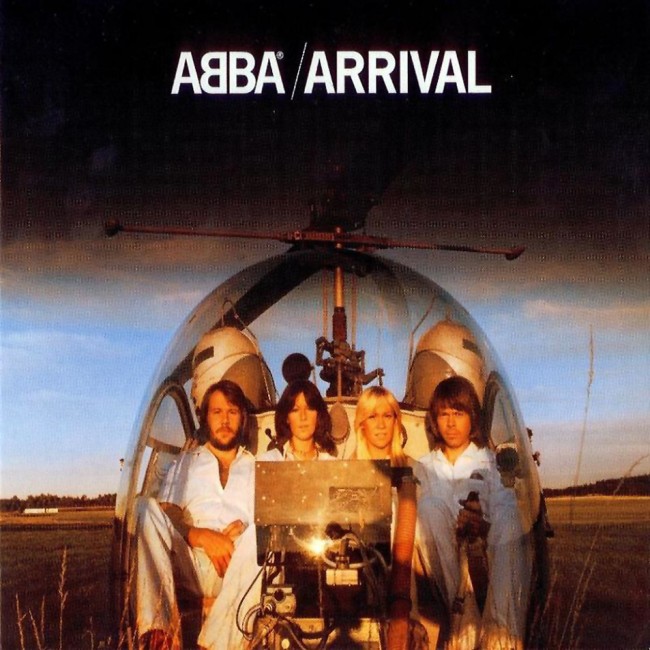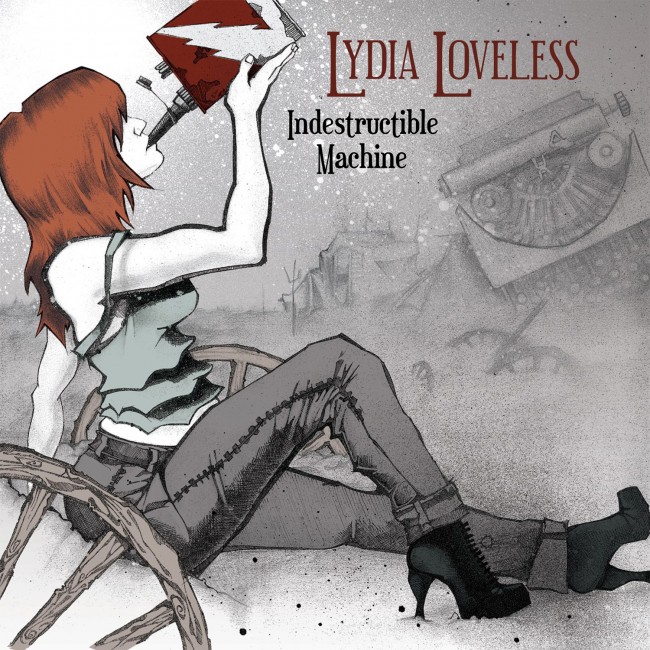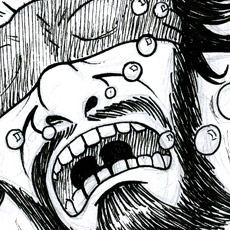
The Swedes. They’re the fourth most democratic nation in the world, they’ve got free universal healthcare, their tuition is government-subsidized and they haven’t been at war since 1814. But, without fail, bringing up Sweden will eventually lead to a conversation either about how great the meatballs are at IKEA or how ABBA rules/sucks/exists.
It’s true that ABBA serves as the genesis of all Swedish pop culture. Before Agnetha, Björn, Benny and Anna-Frid, there was a rich cultural and sociopolitical history, but as is often the case, the way to peoples’ hearts is through flash and panache. And in 1976, funk-tastic disco beats were king and four young men and women perennially dressed in matching outfits ruled the world. ABBA happened to love both, and so they rose to unbelievable superstardom. Arrival catches the four at the peak of their popularity and the top of their game, churning out pop gems and making millions from their own merits. And though the cover commits horrible photo/gradient crimes against design, it’s made right by the quality of the music inside. The band actually lives up to the hype of taking you along, clown-car style, in their glass bubble helicopter and zooming about in the pop universe. Very Wonka-esque.
I haven’t lived with this song as long as my parents or the rest of their generation have, but I would be hard pressed to find a single flaw anywhere in its shimmery backbeat. Personally, I prefer this, the lower fidelity version, to the remastered one — though it may lack the subtlety of the digital remaster, the original sticks everything right in your face, almost without a shred of tact, giving a slight raw edge to an otherwise primped and pretty song. What’s more, when you stick that sound into a pair of reasonably good quality headphones, you feel like you’re soaring through the blissful, Nordic pop skies, hand-in-hand with ABBA. My favorite little details: the synth swells and arpeggios between lines in the verses; overly trebly piano fills cutting through the million-instrument haze; and starting the vocals mid-chorus on the V chord (!).
I struggled with this second choice, since I usually try to steer clear of putting the two strongest singles up as sample tracks. But how could I resist the schmaltzy bliss of “Fernando”‘s pan flutes? My other favorite deeper cuts like “Knowing Me, Knowing You” and “That’s Me” have the ABBA sound in check, intertwining top-tier melodies with just the right amount of campy style, but “Fernando” showcases the addition of an extreme dynamic of soft-loud-soft, which pushes it past the others. The story of the song builds around the soft tremolo of pan flutes (you read that right) and ABBA does a good job of developing a strong legend around the characters. The twinkling background recalls a night spent by a campfire, reminiscing while drenched in starlight. Yeah, it sounds pretty wussy, but when the chorus kicks in, with its stuttering start and bouncy bassline, even the angriest anti-disco punks are caught in its sing-along grasp.
Before you ask, no, I haven’t seen Mamma Mia! in either stage or screen format. Though I am a fan of ABBA’s grasp of masterful pop leanings, I don’t know how much I would enjoy watching Julia Child, James Bond and King George VI dancing around in ridiculous outfits.
Actually, probably a lot.
Artist: ABBA
Album: Arrival
Year: 1976
Tracklist & Review (Allmusic)
For more album art reviews, visit Probably Just Hungry.







